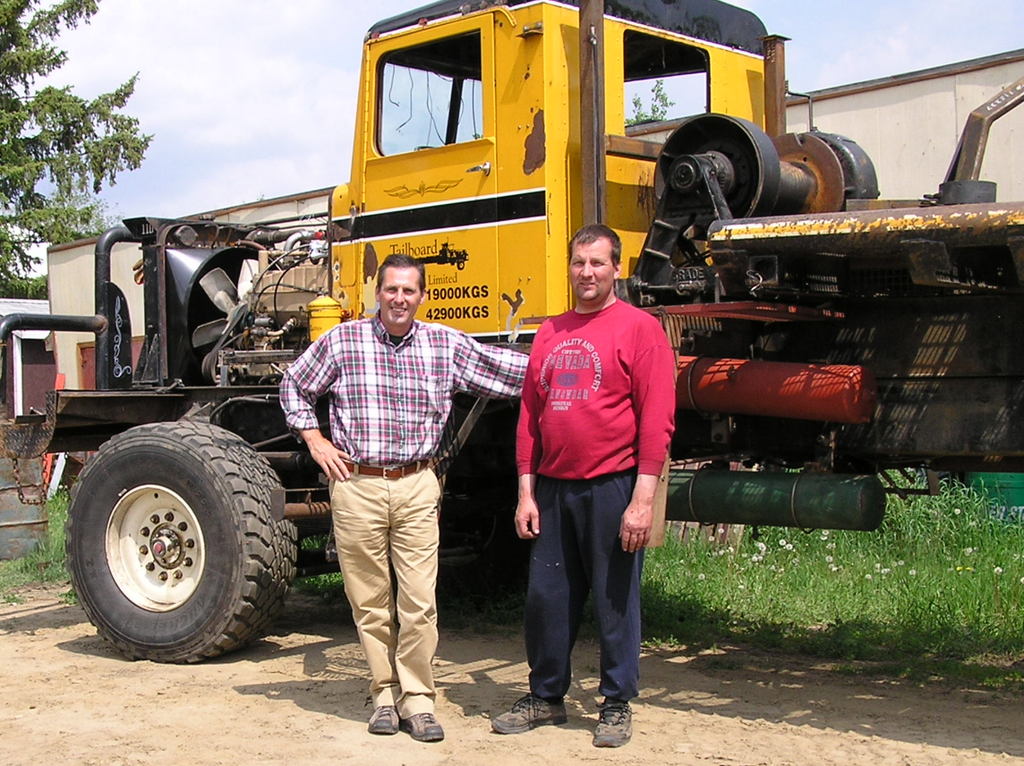http://www.peakoil.com/fortopic7721.html
but thought it deserves it's own home here....
Ya'll are a bunch of smart guys, so here's our task, should you agree it is worthy of attempting:
A simple observation: "Global production falls when loss of output from countries in decline exceceds gains in output from those that are expanding."
-Chris Skrebowski, (ODAC)
How about looking at depletion in a slighly more mathematical sense? That is, in my calculus classes (seems like such a long time ago!), the net rate is what matters.. I remember a problem of filling a large container with water, while there was a hole in the bottom, and we had to figure out the delta, or rate of change, given the two simultaneous differential rates of change. Then, we had to find out when the water level would get to a certain point, or how much water would be in the container at a certain time (such as, would the water overflow, or all drain out, eventually?)
Couldn't one do that with oil use? What rate are we adding to the 'barrel', so to speak, and at what rate are we sucking it out? The rate at which we have been adding to the barrel has obviously decreased, as shown by the graph of oil discovery. And the rate at which we consume oil is increasing
, obviously. Couldn't these two rates be mathematically calculated and compared using the good old calculus? And then couldn't this predicted increasing rate of change be used to predict peak (50%), given certain URR's?
"But my point on calculus still stands. I have never seen predicting depletion calculated this way, even by the math intensive Laherrre."
In principle, one could. The practical problem is that the barrel model has
clean functions describing the exit and entry flows, whereas the real world oil problem suffers from unreliable data that is constantly being revised piecemeal. The real world problem lends itself well to tabular
(spreadsheet) and graphical solutions. In general, if data has a fair degree of uncertainy, graphical solutions are certainly precise enough.
Thanks for the info, not for me, actually, but for others. Actually, I am familiar with all that you describe, from exponential processes to stochastics, Verhulst curves, Dr. Ali's WOCAP model (which BY FAR the best model to take into account real world political and economic considersations (cost of capital, supply/demand, etc) AND depletion, as well as the probabilitic determinations through stochastic processes. So all very well and good.
And, the page you referenced is all quite elemental (2nd year Calc for most) integrals and diffy q's, so shouldn't too hard...
One shouldn't need to get too much into stochastics, however, even USGS uses a few basic scenarios, P=.95, P=.50, etc. , all tied into URR. heck , even USGS uses some probability determinations and curve fitting in getting their 2037 (among other predictions) date. So one just uses a model incorporating various URR estimates (or just uses one to their liking, such as ASPO, or Deffeyes, or combinations thereof), and then sets out to define what the rate of change is, and where we are..
Given the data, I should think even this board could do it. Perhaps I should post this in the depletion modeling section?
I think it wouldn't be any worse than the estimates ongoing, using the data they have. It might even be a fun exercise.
The cornucopians seem to think the bartender's going to fill up the glass again (oops, sorry, mixing analogies here!)
Yeah, I like that term..."The Barrel Model"....
All we'd have to do is start with, say, three different barrels representating different assumptions of URR, say 1.8 Trillion Barrels, as ASPO or Deffeyes believes, then
Mathematically and geologically it'd work better than other depletion models because one could show a geological/mathematical relationship that shows the interrelationship between the faster one pulls it out of the ground, the faster we'll reach peak (if we haven't already, and I believe we're about here right now. Oh, and there's a great presentation from the Scotland conference about the difference in ultimate recovery if one goes 'blow out'(20%) v. 'conservation' (30%)], and the geological fact that with heavier oil (sour), now), you just can't pull it out of the ground as quickly as light sweet, so there's got to be a mathematical way to express that rate.
This would be a great paper!
Ah, here's a practical idea on how to do it, maybe...
see the graph of discovery and production in this link:
http://www.peakoil.net/DiscoverGap.html
Of course, this is a very simple graph, with very simple histogram, but we'll find a more detailed one with more data, then all we do is calculate the slope of the discovery curve, then find the slope of the consumption curve, and compare the two as our delta.
We could also even calculate the slope of the production curve, as this is based on far more accurate data (counted twice, once when pumped out of ground, again when imported or used...see Deffeyes references)...
What do others think?
Another analogy might be a sinking lifeboat, bailing out enough water as the hole in the bottom of the boat gets bigger...
 Kidding.
Kidding.

